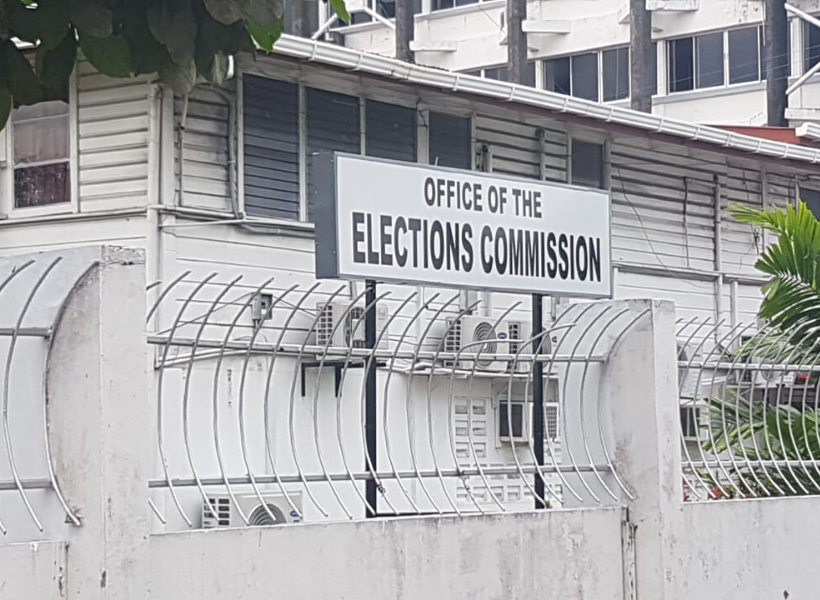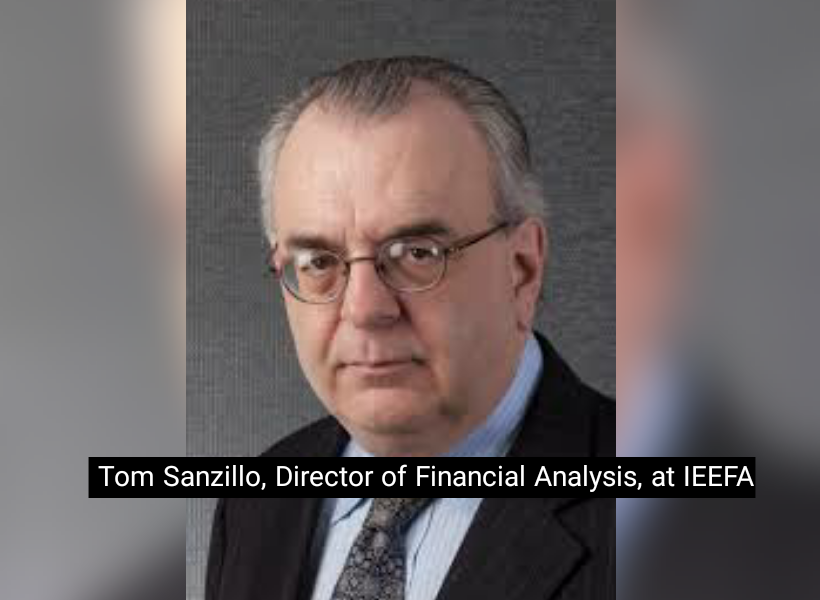While one may agree that Guyana needs to find an answer to its power generation woes, the country could very well find itself walking blindly into a dark future of crippling debt with its proposed gas-to-shore project. This is according to Tom Sanzillo, Director of Financial Analysis, at the Institute for Energy Economics and Financial Analysis (IEEFA). In his most recent commentary to the local media, Sanzillo posited that the proposed gas-to-shore project is a recipe for financial bankruptcy as he believes piling on additional natural gas obligations stacked upon lopsided oil contract obligations—not to mention Guyana’s existing debt—is too much for the country to bear, given the weak outlook for the oil and gas market. If Guyana goes forward with the natural gas project, Sanzillo asserted that it would effectively be using its meager oil revenues not to fund existing debt, close deficits, pay for new needs or build a sovereign wealth fund, but to pay back obligations on new natural gas infrastructure investments. In other words, Guyana’s borrowing would make it poorer, not richer, the industry expert explained.
Further to this, Sanzillo said that the public needs a natural gas proposal that is complete; an integrated energy plan showing how all the pieces fit together; a business plan for ensuring electricity rates remain economically competitive and affordable for residential needs; and a fiscal road map spelling out how much Guyana must invest to truly reap any benefits. He said too that the nation needs to see how natural gas reserves will be extracted, and how the public will be protected financially and environmentally. Most of this information he said, is not available for the current oil contract.
As the renewable energy sector continues to make rapid technological and financial progress, Sanzillo stressed that a thorough comparison between renewable energy and natural gas investment should be explored before making a decision that relies so heavily on natural gas. “We look forward to this information being made available to analysts and ordinary ratepayers alike,” the IEEFA Director concluded.













